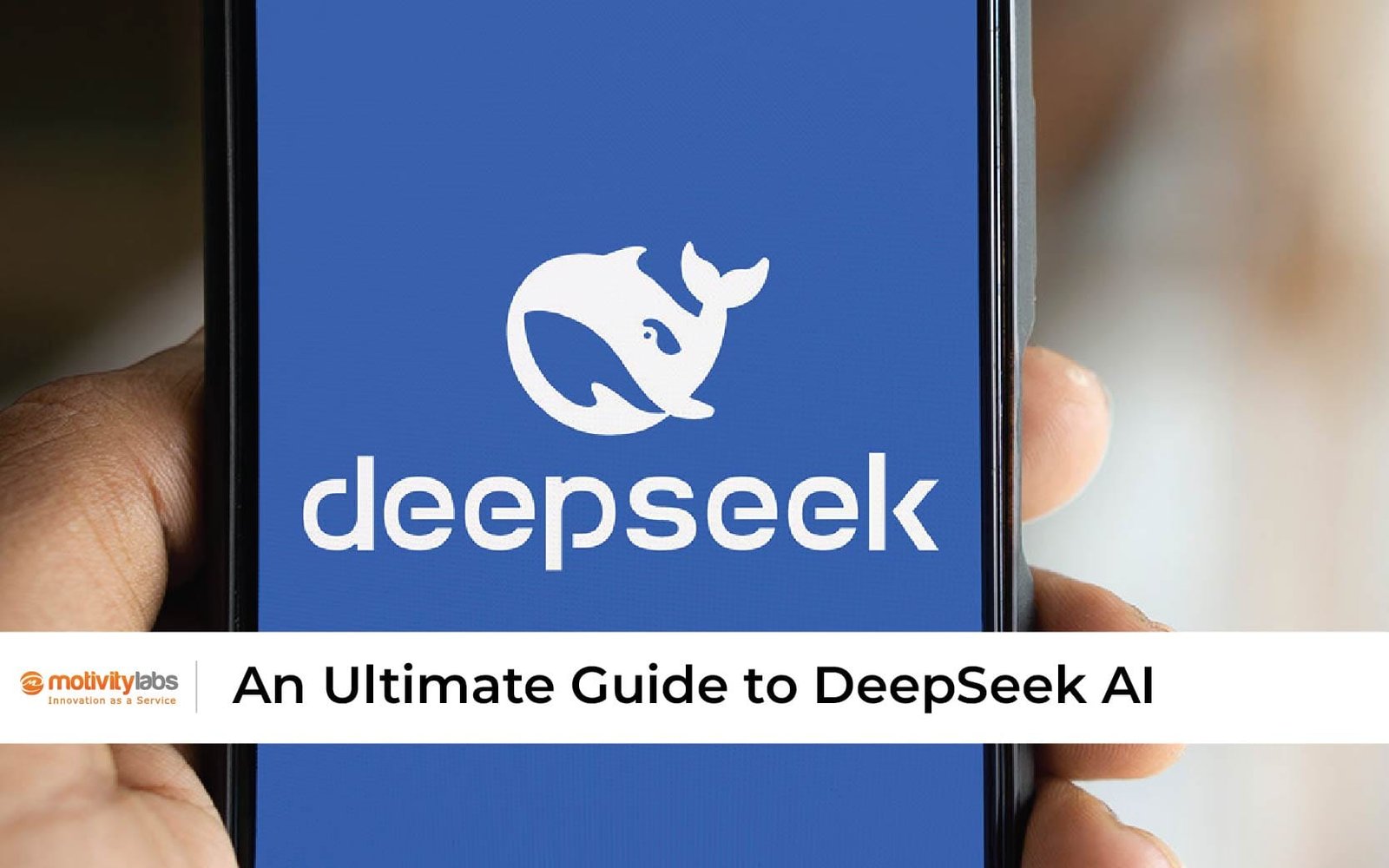Introduction
The insurance industry-always been known for its conservative and resistant-to-change nature, has dramatically evolved over the past few years, driven by the rise of Insurtech software solutions, which merge insurance and technology. Let’s explore the evolution of Insurtech through reviewing its historical context, current trends, and custom solutions and product development.
Historical Context: The Birth and Growth of Insurtech
The concept of Insurtech came about around early 2000s as part of a wider technological revolution experienced by different industries in various continents. However, it wasn’t until mid-2010s that saw massive adoption of Custom InsurTech software development services with data analytics, AI (Artificial Intelligence) and blockchain technologies, among driving factors behind Insurance technology solutions.
Key milestones : evolution of Insurtech
2008-2010:The traditional insurance models were exposed as being inefficient by the financial crisis, leading to a trend towards more accountable and efficient systems.
2010-2013: Early Insurtech start-ups began to emerge with an emphasis on digital distribution and comparison platforms. The first wave of digital-first insurers such as Oscar Health and Lemonade launched.
2014-2016: Initial venture capital investments triggered rapid expansion and upturns in Insurtech software solutions. 2015-2018: Billions of dollars flooding into start-ups aimed at disrupting the industry.
Established insurance companies began embracing custom insurance software solutions through partnerships or their own digital initiatives in the year range from 2017 to 2019.
2020-Present: The COVID-19 pandemic caused digitization pace to accelerate drastically resulting in a wide usage of IT solutions for insurance industry besides enhanced and innovative technological strategies by insurers.
Throughout this period, key technologies like artificial intelligence, machine learning, blockchain and Internet of things (IoT) have been instrumental in re-shaping the insurtech landscape.
Current Trends: Innovation in Custom Solutions and Product Development

Insurtech industry is in rapid flux with a few key trends emerging lately:
a) Personalized Insurance Products
Insurtech startups use data analytics & AI to make personalized insurance products. Such Custom InsurTech software development services consider the client’s individual risk profile, behaviors, and tastes to provide specific coverage and pricing. This not only leads to more satisfied clients but also improves accuracy in risk profiling.
b) On-Demand Insurance
The rise of the gig economy and evolving consumer expectations has led to emergence of on-demand insurance products. These allow users to buy coverage for specific items or events for short-term periods thus offering more flexibility and cost saving. Trov, Slice, etc., offer flexible short-term policies targeting gig economy workers and seasonal travelers.
c) Telematics and Usage-Based Insurance (UBI)
Telematics is the integration of telecommunication with informatics for monitoring driving behaviour through usage based insurance cover. Premiums are paid based on this model that was made popular by companies like Metromile and Root Insurance which charge premiums according to actual vehicle mileage as opposed to quoting them at the onset of policy life cycle.
d) AI-powered Underwriting and Claims Processing
The underwriting and claims processing sectors are witnessing a revolution through the use of machine learning and artificial intelligence algorithms. These Insurance technology solutions help in making more accurate risk assessments, detecting frauds, and automating claims handling thereby making operations faster and more efficient. Additionally, customer service in insurance is being transformed through AI-driven chatbots and virtual assistants that provide instant support as well as improve the user experience in general.
e) Blockchain for Transparency and Efficiency
Its potential to bring about transparency, reduce frauds, and streamline processes has made blockchain technology quite appealing for the insurance industry. Among these prospects are smart contracts which may facilitate automated policy management and claims process. For example, Blockchain is used for creating tamper-proof transparent records of transactions and policies that can assure policyholders.
f) Embedded Insurance
Embedded insurance simply means incorporating insurance products into the buying process of other commodities or services. An example is when travel insurance is part of an airline ticket purchase or warranty insurance attached to electronics. This feature makes it easier for people to buy coverage while expanding the market.
Case Studies: Successful Insurtech Implementations
To illustrate the impact of insurtech software solutions, let's examine three real-world examples:
Case Study 1: Lemonade
The traditional insurance model has been disrupted by Lemonade, a U.S.-based Insurtech company that runs on AI. Custom insurance software solutions include:
- An Artificial Intelligence (AI) platform that enables policies to be underwritten and claims settled instantly
- It offers an exceptional business model where the unutilized premium is donated to the charity of choice by the policyholder
- Personalized coverage options and competitive pricing
Results: Since its launch in 2015, Lemonade has grown rapidly and it currently boasts over one million customers. The company has also entered multiple lines of insurance as well as international markets.
Case Study 2: ZhongAn Online P&C Insurance
Leveraging big data, artificial intelligence (AI), and blockchain technology, ZhongAn is China’s first online-only insurer with a range of products. IT solutions for insurance industry comprise:
- Various customer needs met through a wide range of product offerings
- They utilize technology innovatively for assessing risks and managing policies
- Scale operations quickly
Results: ZhongAn’s success exemplifies the power of tech-enabled insurance solutions in meeting diverse customer requirements with more than 500m customers and 57bn policies sold.
Case Study 3: Metromile
Metromile is the pioneer of the usage-based motor vehicle insurance industry, employing telematics to monitor driving behavior along with mileage. Key features include:
- Pay-per-mile insurance model
- Real-time tracking of driving habits
- Personalized pricing based on actual usage
Results: By aligning auto warranties based on millions of kilometers driven, Metromile has transformed the auto insurance market by fundamentally redefining how rates are determined.
Impact Analysis: Benefits and Challenges of Insurtech

Benefits
- a) Improved Customer Experience: Insurtech software solutions that are personalized increase satisfaction levels.
- b) Efficiency of Operation: Custom InsurTech software development services such as policy administration, underwriting and claim handling, reduces costs and time.
- c) Better Risk Analysis: Accurate pricing of risks due to advanced data analytics and AI systems.
- d) Product Innovation: Promotes the invention of new types of policies with flexible terms that can meet specific needs.
- e) Wider Reach in The Market: Insurance accessible through digital platforms and mobile applications, for instance, helps those serving underserved populations.
- f) Transparency: Trust among insurers and policyholders increases with blockchain technology.
Challenges
- a) Regulatory Compliance: Insurance technology solutions necessitates strict diverse regulatory frameworks across different jurisdictions.
- b) Data Privacy and Security: Large datasets information creates issues with privacy and cyber risk. Ensuring strong data protection controls is instrumental in maintaining customer trust.
- c) Integration with Legacy Systems: Adoption of new technology needs to work with existing IT infrastructure.
- d) Talent Acquisition: There is an increasing need for experts who have both technology and insurance skills.
- e) Balancing Innovation and Risk: Insurance companies must strike a balance between pursuing invention as well as financial stability.
Future Outlook: The Next Frontier of Insurtech
Trends that are likely to continue shaping the Insurtech evolution as we look into the future include;
- a) More Collaboration: It is expected that traditional insurance companies and Insurtech firms will collaborate more, thus leveraging each of their own strengths for custom insurance software solutions.
- b) Advanced Artificial Intelligence and Predictive Analytics: The next AI generation will facilitate some advanced risk assessment, fraud detection and customized IT solutions for insurance industry.
- c) Rise of Embedded Insurance: An increased prevalence of embedded coverage options on consumer purchases.
- d) Emergence of Parametric Insurance: Parametric insurance pays out against predefined parameters not actual losses. This simplifies claims processing and ensures fast payouts.
- e) Increased Focus on Cyber Insurance: The demand for cyber-insurance will increase with cyber threats. In order to deal with unique cybersecurity risks, insurtech companies need to develop specialized products.
Expert Insights
To provide additional perspective on the evolution of Insurtech, let’s consider insights from industry experts:
“The future of insurance goes beyond digitization; it’s about rethinking and transforming the entire value chain. Insurtech is enabling us to move from a model of ‘detect and repair’ to ‘predict and prevent’.” – CEO of a digital-first insurer.
“As Insurtech matures, we’re seeing a shift from disruption to collaboration. Established insurers and Insurtech startups are increasingly working together to drive innovation and create value for customers.” – CEO of a 70+ year old Insurtech provider.
Conclusion
Insurtech evolution has changed the insurance industry from a conservative sector to an innovative hotbed. By providing tailor-made technology solutions, Insurtech addresses existing inefficiencies, enhances customer experiences and opens new avenues for growth.
The integration of traditional insurance with technology will only get deeper going forward. In this new regime, the most successful players are expected to be those that can really use data well, harness emerging technologies and persistently innovate to shift customer preferences.
There is still a long way for Insurtech to go. Anticipate more groundbreaking advancements in the forthcoming years as technology improves further. For insurance experts, tech lovers and consumers alike, the changing world of Insurtech assures an exciting future full of changes.
Look no further than the technology experts at Motivity Labs to guide you to success in your insurtech journey. Contact us on info@motivitylabs.com for a consultation.



